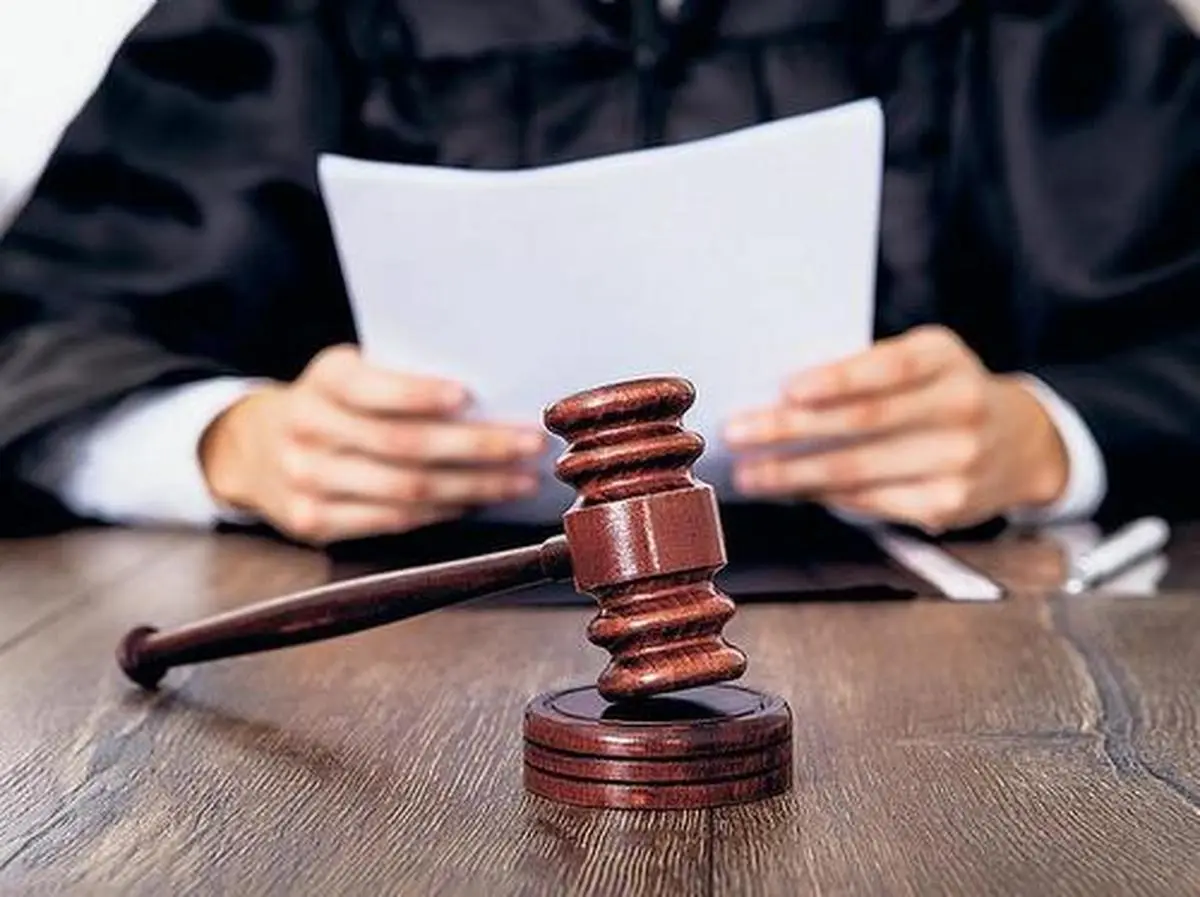- Courses
- GS Full Course 1 Year
- GS Full Course 2 Year
- GS Full Course 3 Year
- GS Full Course Till Selection
- Essay Target – 150+ Marks
- Online Program
- GS Recorded Course
- NCERT (Recorded 500+ Hours)
- Polity Recorded Course
- Geography Recorded Course
- Economy Recorded Course
- AMAC Recorded Course
- Modern India, Post Independence & World History
- Environment Recoded Course
- Governance Recoded Course
- Science & Tech. Recoded Course
- International Relations and Internal Security Recorded Course
- Disaster Management Module Course
- Ethics Recoded Course
- Current Affairs Recoded Course
- CSAT
- 5 LAYERED ARJUNA Mentorship
- Public Administration Optional
- ABOUT US
- OUR TOPPERS
- TEST SERIES
- FREE STUDY MATERIAL
- VIDEOS
- CONTACT US
PLACES IN NEWS 06 DECEMBER 2024
PLACES IN NEWS 06 DECEMBER 2024
06-12-2024
North Sea
Why in the news?
- Shell (a global energy company specialising in oil, gas, and renewables) and Equinor (a Norwegian state-owned energy firm focused on oil, gas, and renewables) plan to form a new company, combining their North Sea oil and gas assets to create the region's largest producer.
About the North Sea:
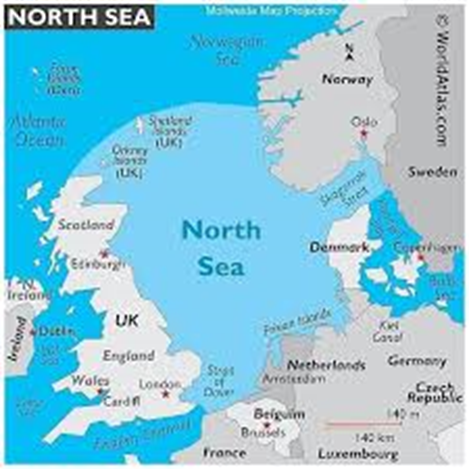
- Geography:
- The North Sea is bordered by the United Kingdom, Norway, Denmark, Germany, the Netherlands, Belgium, and France.
- It covers approximately 570,000 square kilometres, with an average depth of 95 meters.
- The sea connects to the Atlantic Ocean via the English Channel in the south and the Norwegian Sea in the north.
- Key features include coastal cliffs, sandy beaches, mudflats, and estuaries, as well as deep troughs and banks.
- Prominent rivers like the Thames (England, UK), Rhine (Switzerland), Elbe (Czech Republic), and Humber (England, UK) drain into the North Sea.
- The Dogger Bank, a large sandbank, is a notable feature and an important fishing and renewable energy site.
- The sea has a temperate maritime climate, with frequent storms and strong winds.
- Natural resources:
- The North Sea has been a major resource hub since the 1960s. It is rich in oil and natural gas, with fields like Brent (UK), Ekofisk (Norway), and Forties (UK).
It also contains commercially valuable minerals such as sand, gravel, and salt deposits. - Offshore wind energy developments are prominent, with vast wind farms capitalising on high wind speeds.
- The North Sea has historically supported fisheries, with species like cod, herring, and haddock being vital to the region's economy.
- Peat deposits on the seabed indicate ancient landscapes submerged by rising sea levels.
- Ports and Navigation
- Due to the North Atlantic Drift, the North Sea's water remains relatively warm, which prevents freezing and allows year-round port operations.
- Major ports like Rotterdam (Netherlands), Antwerp (Belgium), and Hamburg (Germany) have thrived due to the sea’s accessibility and temperate conditions.
- It facilitates extensive trade networks, connecting Europe with global markets.
Sheltered bays and estuaries provide ideal locations for ports, boosting economic activity in surrounding regions. - Its navigable waters have supported the development of industrial complexes near key ports, such as the Maasvlakte industrial zone at Rotterdam (Netherlands), the Port of Antwerp's petrochemical hub (Belgium), and the Hamburg HafenCity logistics and trade centre (Germany), enhancing trade efficiency.
South China Sea
Why in the news?
- On December 5, the Philippines' foreign ministry filed a diplomatic protest against China over a maritime incident near Scarborough Shoal in the South China Sea.
- This latest confrontation, which occurred on December 4, adds to the ongoing dispute between the two nations.
- It marks the 60th protest Manila (capital of the Philippines) has lodged against Beijing this year and the 193rd since President Ferdinand Marcos Jr. took office in 2022.
- China claims nearly all of the South China Sea, including the shoal, despite the 2016 ruling by the Permanent Court of Arbitration rejecting Beijing's expansive claims under international law.
About the South China Sea:
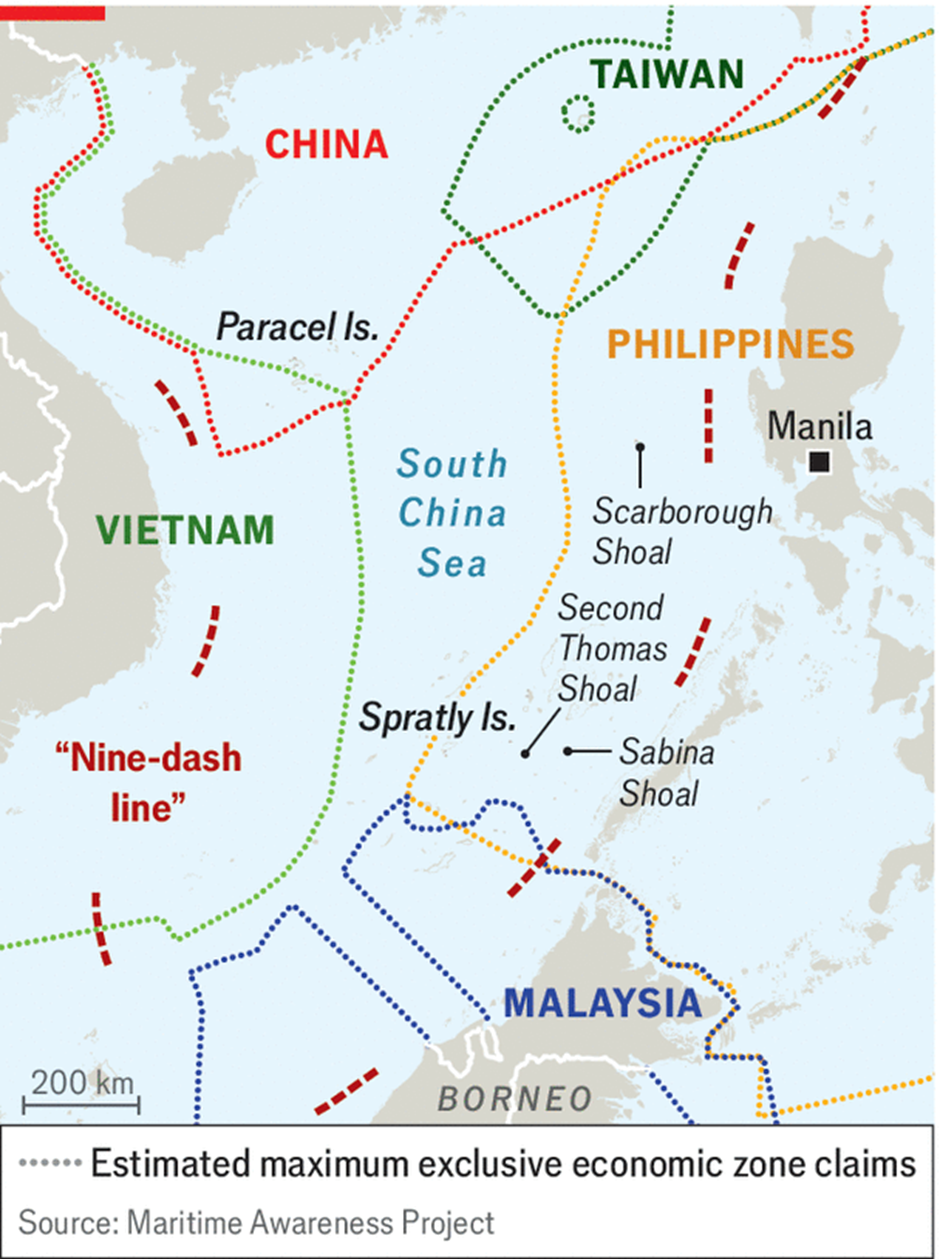
- The South China Sea is a vast maritime area spanning about 3.5 million square kilometres in Southeast Asia.
- It lies between the southern coast of China and the Philippines, Vietnam, Malaysia, Brunei, and Taiwan.
- It is home to important maritime features like the Spratly Islands, Paracel Islands, and Scarborough Shoal, all of which are contested by multiple countries.
- The sea is strategically important for global trade, with over $3 trillion worth of goods passing through it annually, particularly in oil and gas shipments.
- Additionally, the South China Sea is rich in natural resources, including significant reserves of oil, natural gas, and abundant fish stocks.
Regions of dispute in the South China Sea:
- Spratly Islands: A group of over 100 islands, reefs, and atolls claimed by China, the Philippines, Vietnam, Malaysia, and Brunei. Disputes are centred on sovereignty and control over maritime resources, including oil and fisheries.
- Paracel Islands: Located in the northern South China Sea, claimed by China, Vietnam, and Taiwan. The region's disputes involve territorial control and fishing rights, with China maintaining effective control since the 1970s.
- Scarborough Shoal: A small group of islands and reefs claimed by China and the Philippines. Tensions arise over sovereignty, fishing rights, and strategic positioning, with China asserting control despite Philippine claims.
- Macclesfield Bank: An underwater feature southeast of Scarborough Shoal, claimed by China and the Philippines. Disputes centre on its potential for resource exploitation, especially oil and gas reserves.
China’s other territorial disputes:
In addition to its claims in the South China Sea, China has territorial disputes with other countries in the Pacific region, including:
- Japan (Senkaku/Diaoyu Islands): China and Japan both claim the Senkaku Islands (Diaoyu in Chinese), located in the East China Sea. These uninhabited islands are important due to their strategic location, rich fishing grounds, and potential undersea oil and gas reserves. Tensions between China and Japan have occasionally flared over control of the islands, which are administered by Japan.
- Taiwan: The Taiwan Strait, separating China from Taiwan, is another area of dispute. China views Taiwan as a breakaway province and has repeatedly asserted its territorial claim over the island. While Taiwan maintains its own government and military, China's claim over Taiwan is central to the broader geopolitical tensions in the Pacific region.
Niger
Why in the news?
- Niger's military authorities have taken control of French nuclear firm Orano's uranium mining operations, escalating tensions between France and Niger.
- After the July 2023 coup, Niger's rulers withdrew Orano's permit to exploit uranium, leading to a suspension of production.
- Niger accounts for 5% of global uranium output and was a major supplier to France, but now military leaders are pushing for greater control over mining resources and are wary of foreign companies.
- With France side-lined, Russia and Turkey may become key investors. Orano faces challenges in exporting uranium due to Niger's border closures for security reasons.
About Niger:
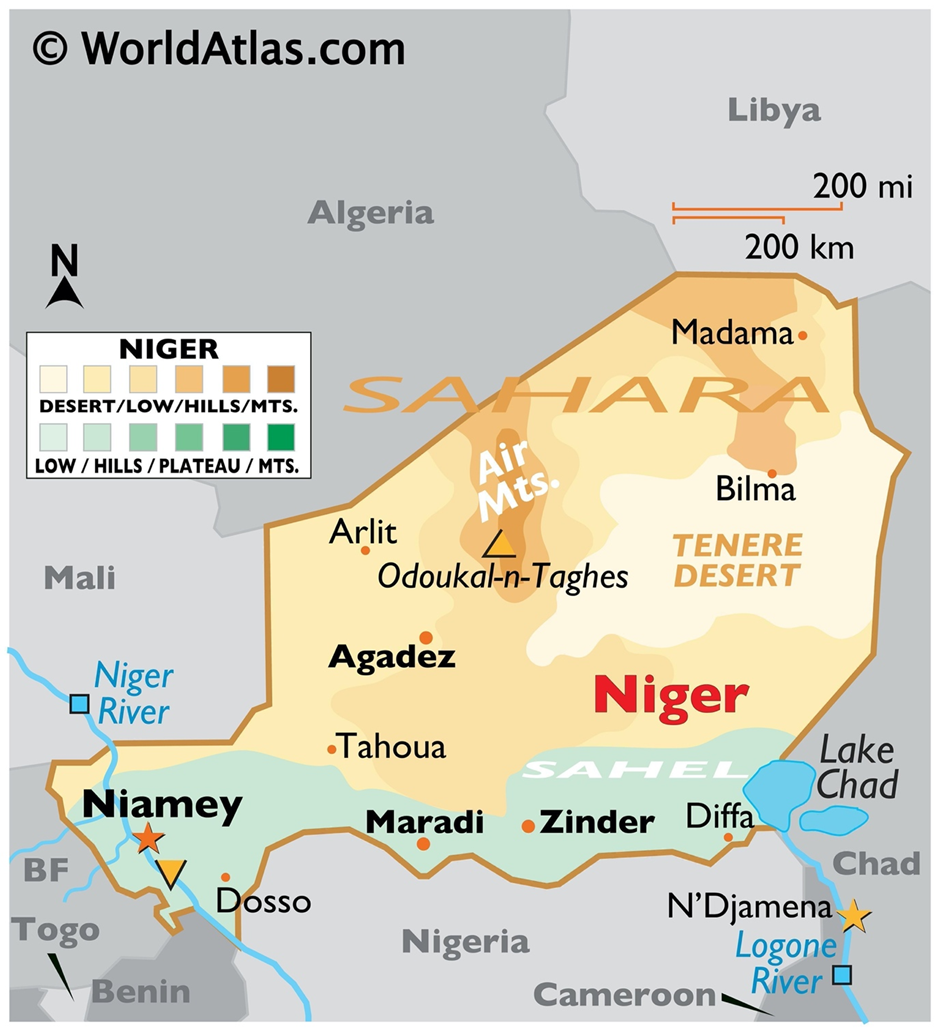
- Niger is a landlocked country located in West Africa, bordered by Algeria to the northwest, Libya to the northeast, Chad to the east, Nigeria to the south, Benin and Burkina Faso to the southwest, and Mali to the west.
- It covers an area of over 1.27 million square kilometres, making it one of the largest countries in Africa.
- The geography of Niger is dominated by the Sahara Desert in the north and the Sahel region in the south, which is semi-arid with limited rainfall.
- The Niger River, which flows from west to east, provides a vital water source for agriculture, especially in the southern regions.
- Niger's natural resources include uranium, gold, coal, and oil.
- It is one of the world's top producers of uranium, a vital mineral for nuclear energy. The country also has potential for solar energy given its abundant sunlight.
Military Coup in Niger
- In July 2023, a military coup in Niger overthrew the government, led by President Mohamed Bazoum, who had been elected democratically.
- The coup leaders, led by General Abdourahamane Tiani, cited corruption and poor governance as reasons for their actions.
- Following the coup, the new military rulers shifted the country's foreign policies, challenging French influence and foreign mining companies operating in Niger, particularly in the uranium sector. The coup sparked regional and international concerns over stability in the Sahel.
Uranium production in the world:
- Uranium is a critical mineral used primarily in the generation of nuclear energy.
- Globally, Kazakhstan is the leading producer of uranium, contributing nearly 40% of the world’s total supply. Other top producers include Canada, Australia, and Namibia.
- Australia holds the world’s largest known uranium reserves, accounting for around 30% of the total global reserves. Despite its vast reserves, Australia's production is smaller compared to Kazakhstan's due to its strict mining regulations.
- In addition to these top producers, Niger and Russia are also significant contributors to global uranium production.
- Uranium is extracted through both conventional mining and in-situ leaching, a method where a solution is pumped into the ground to dissolve the ore.
- As demand for nuclear energy rises, uranium continues to be a strategically important resource, with production levels often linked to the global push for low-carbon energy solutions.
- Overall, while production is concentrated in a few countries, uranium remains a global commodity with key players controlling its extraction and reserves. The shifting geopolitics, such as in Niger, can significantly impact the stability of uranium supply chains.
Arctic Ocean
Why in the news?
- A new study reveals that the Arctic could experience its first ice-free day in just three years, with projections indicating this could happen as soon as 2027.
- Scientists from the University of Colorado Boulder and the University of Gothenburg found that Arctic sea ice has been melting at an unprecedented rate of over 12% per decade.
- If the Arctic goes ice-free, it could accelerate ocean warming and climate change, with the ice-free period lasting up to 71 days. This marks a fundamental shift in the Arctic environment, largely driven by greenhouse gas emissions.
About Arctic Ocean:
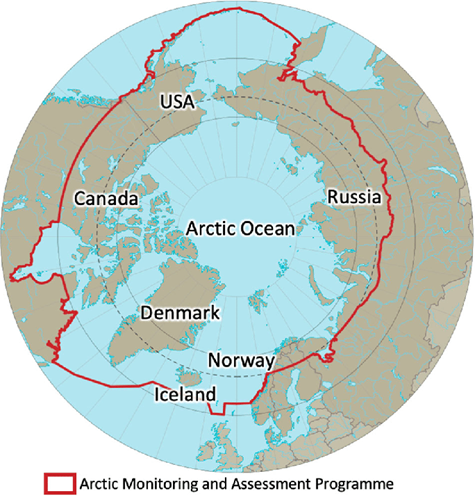
- The Arctic Ocean is the smallest and shallowest of the world's five oceans, covering about 15 million square kilometres.
- It is surrounded by northern Europe, Asia, and North America, with the North Pole at its centre.
- The ocean is bordered by the Arctic Archipelago, the Siberian coast, and parts of Greenland and Alaska.
- It is unique for its seasonal sea ice cover, which expands in winter and retreats in summer, contributing to one of the most dynamic ecosystems on Earth.
- Over the last few decades, however, this seasonal ice has been retreating at an alarming rate due to global warming, fundamentally changing the Arctic environment.
- Climatically, the Arctic Ocean is characterised by extreme cold temperatures, with average winter temperatures around -30°C and summer temperatures barely reaching above 0°C.
- Due to its geographic location, the Arctic experiences polar day and polar night, where areas above the Arctic Circle experience months without sunlight or continuous daylight.
- However, global warming is rapidly transforming this environment. Retreating glaciers and shrinking sea ice have become increasingly prominent due to rising temperatures.
- Reports from the National Aeronautics and Space Administration (NASA) and the National Oceanic and Atmospheric Administration (NOAA) highlight that Arctic sea ice has been melting at a rate of 12% per decade since 1979, and the volume of ice has decreased by 75% over the past 30 years.
- Studies show that the Arctic could experience its first ice-free day as soon as 2027, a dramatic shift that would have far-reaching effects on global weather patterns.
- The Arctic Amplification phenomenon, where the region warms at more than twice the global average rate, is causing temperatures to rise more quickly than in any other part of the world.
- This rapid warming is contributing to the retreat of glaciers along the coasts of Greenland and Alaska. In Greenland, the Greenland Ice Sheet is losing approximately 280 billion tonnes of ice per year, contributing to rising sea levels.
- In addition to melting ice, the warmer temperatures lead to the thawing of permafrost, which can release methane and carbon dioxide, further exacerbating climate change.
Geopolitical status of the Arctic Ocean:
- The Arctic Ocean holds significant geopolitical importance due to its rich natural resources, strategic shipping routes, and environmental sensitivity.
- The region is governed by international treaties and agreements, with the Arctic Council playing a central role in fostering cooperation among Arctic nations.
- Formed in 1996, the Arctic Council is an intergovernmental forum that promotes sustainable development and environmental protection in the Arctic. Its eight member states are Canada, Denmark (including Greenland and the Faroe Islands), Finland, Iceland, Norway, Russia, Sweden, and the United States.
- In addition to these members, several countries hold observer status, including China, India, Japan, South Korea, France, and Germany, among others. These observer nations are allowed to participate in discussions but do not have decision-making powers.
- One crucial regulatory framework is the Polar Code, which has been established by the International Maritime Organisation (IMO).
- The Polar Code sets mandatory safety and environmental standards for ships operating in the Arctic and Antarctic, focusing on ship design, equipment, and operations to prevent accidents, such as oil spills, and to protect marine ecosystems. It aims to reduce environmental risks posed by increasing maritime activity in these fragile polar regions.
Syria
Why in the news?
- Syrian rebels, led by Hayat Tahrir al-Sham (HTS), have gained control of Hama, following the military's withdrawal. This follows their capture of Aleppo a week earlier.
- Despite heavy support from Russia and Iran, the Syrian government is struggling to halt the rebel advance, which threatens President Bashar al-Assad's rule.
- The ongoing conflict has displaced over 280,000 people, with 820+ deaths reported. Turkey supports the opposition and calls for a political resolution. Iran and Russia continue their military support, but both face challenges in other regional conflicts.
About the Syrian Civil Crisis:
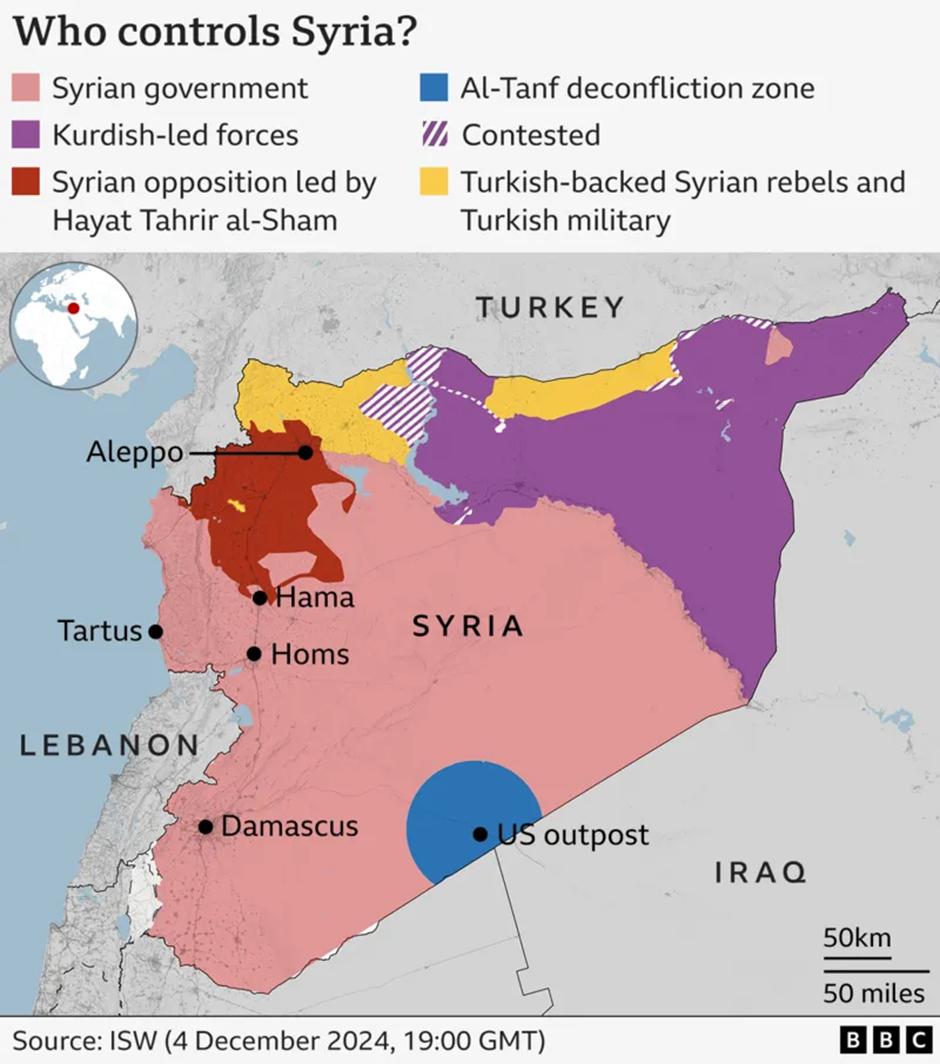
- The Syrian Civil War, which began in 2011, is a brutal and complex conflict that has led to immense suffering and devastation. It started when President Bashar al-Assad’s government violently suppressed peaceful pro-democracy protests, which escalated into a full-scale civil war.
- The war has involved multiple factions, including the government, various rebel groups, ISIS, and Kurdish forces, with foreign powers like Russia, Iran, and Turkey backing different sides.
- The conflict has primarily affected key regions such as Aleppo, Idlib, Hama, and Damascus.
- Aleppo, once Syria’s largest city, saw some of the heaviest fighting, with both government forces and rebels vying for control.
- Idlib province, in the northwest, remains the last stronghold for many rebel and jihadist groups, including Hayat Tahrir al-Sham (HTS).
- Hama has also seen significant battles, with rebels recently taking control, further undermining Assad’s hold over central Syria.
- In the north, Kurdish-led forces in regions like Afrin and Manbij have clashed with Turkish-backed militias, as Turkey opposes Kurdish autonomy.
- Eastern Ghouta, Raqqa, and Deir ez-Zor have also been heavily impacted, with widespread destruction and displacement.
- The war has caused over 500,000 deaths, displaced millions, and created a massive humanitarian crisis, with regions experiencing severe shortages of food, healthcare, and infrastructure.
|
UPSC CSE PYQ Q1. Which one of the following statements best describes the ‘Polar Code’? (2022)
Answer: Option A Q2. Which one of the following statements best reflects the issue with Senkaku Islands, sometimes mentioned in the news? (2022)
Answer: Option B Q3. Consider the following countries:
Answer: Option B |




